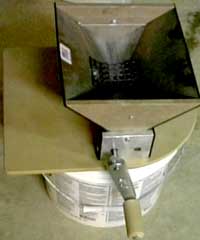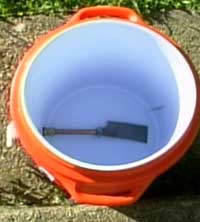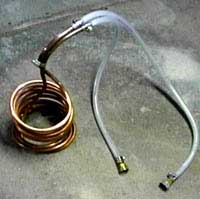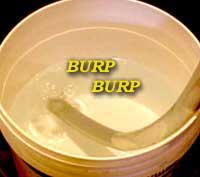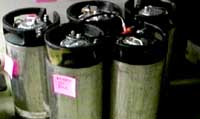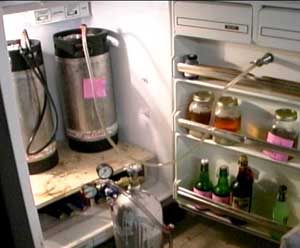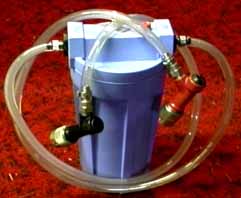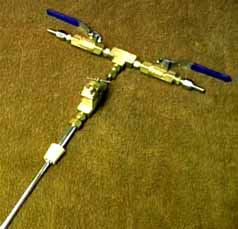This is very handy for keeping much of my metallic equipment dry and dust free in it's garage home. I store my mash tun and converted keg on top of it. I have two cheapo 4 gallon SS kettles, one cheapo 3 gallon SS kettle and a really good 14 gallon SS kettle. I'm not sure of the guage on the good kettle but it weighs about 20 lbs and has a nice lid of the same guage SS. I bought this recently from a member of my brewclub for $40 and a beer. He wanted $100 but the longer the meeting went, the more he drank and the lower I got him to go. Heh heh heh.


